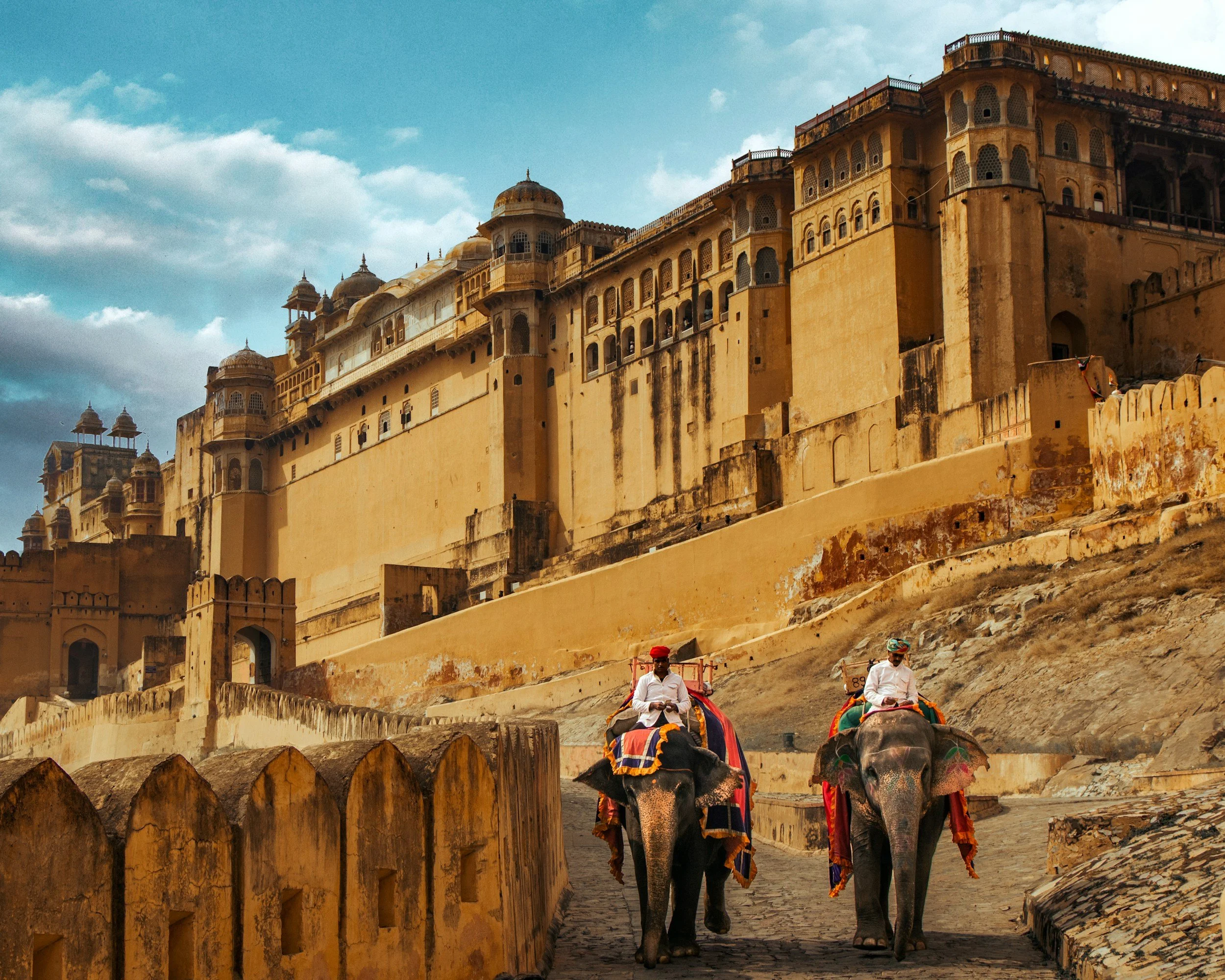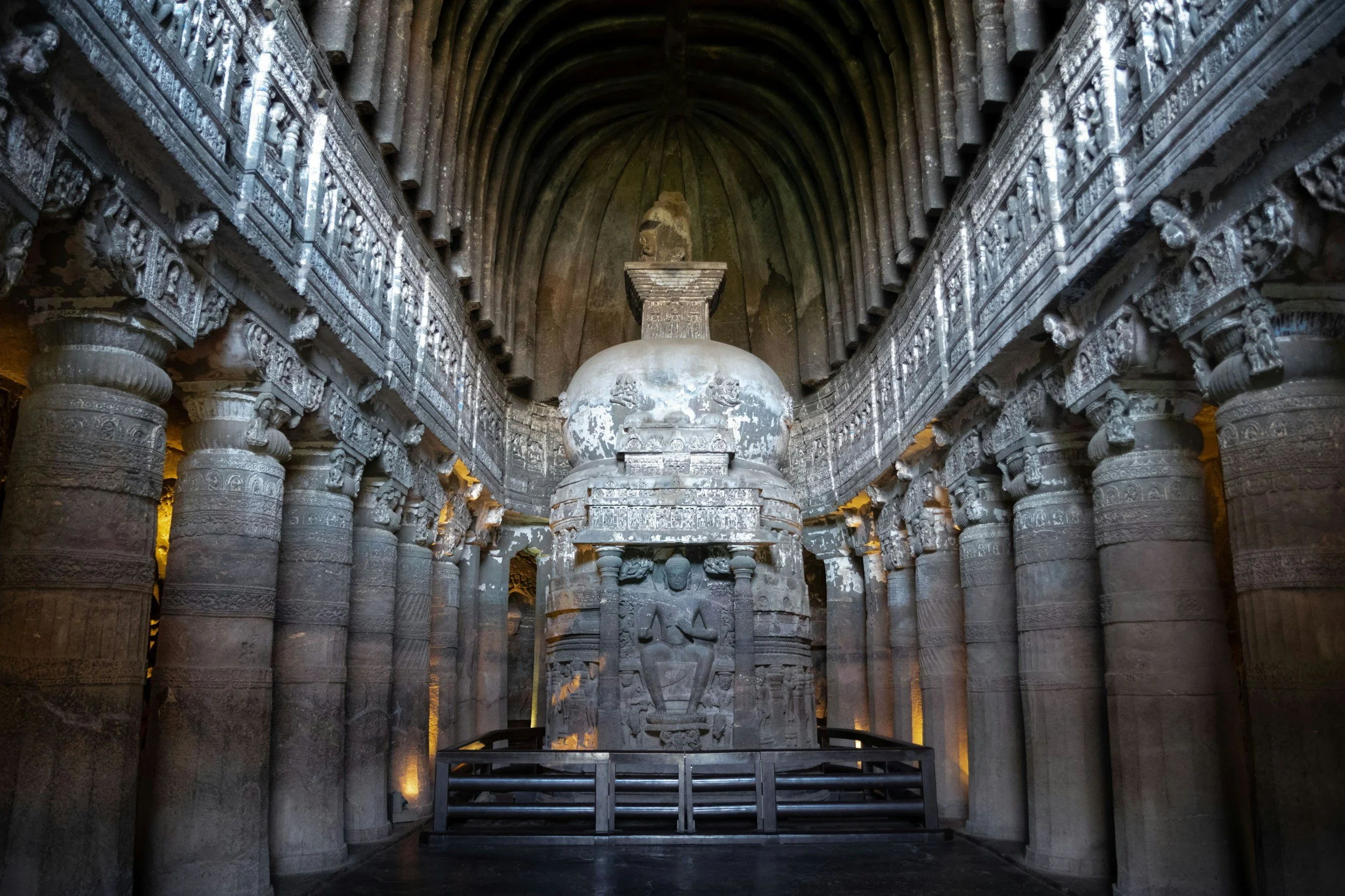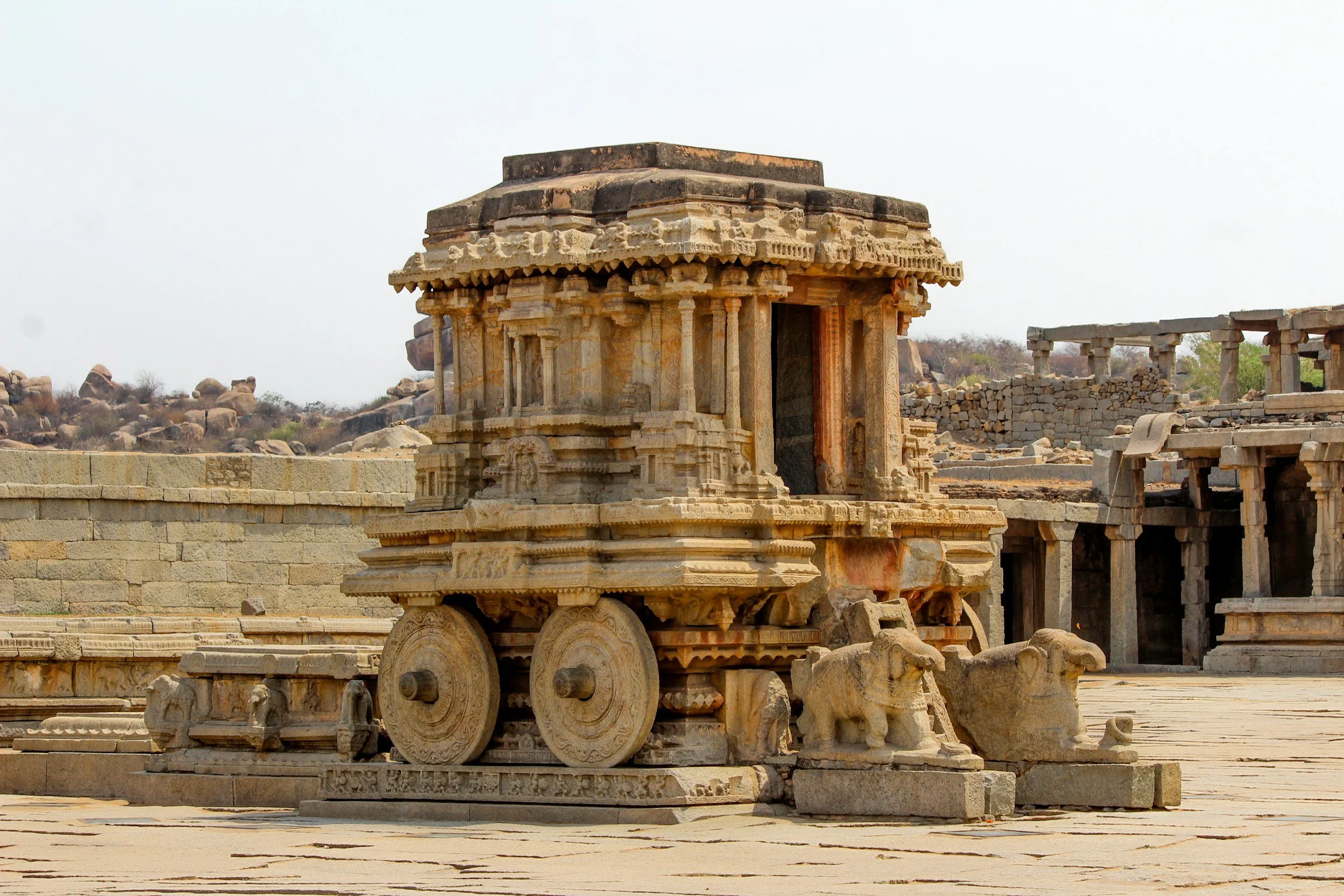The Diverse States of India — Quick Journey into the Historic Sites
India's 28 states and 8 union territories offer diverse cultural and historical experiences.
Delhi, India's capital, showcases Mughal and Indo-Islamic architecture. The Red Fort, built by Shah Jahan, and the Qutub Minar, a UNESCO site, are iconic landmarks.
Uttar Pradesh is home to the Taj Mahal, a white marble mausoleum built by Mughal emperor Shah Jahan for his wife. Its intricate design and pietra dura work attract millions of visitors annually. Agra Fort, another significant historical site, served as the main residence of the Mughal emperors until 1638.
Rajasthan's forts and palaces tell tales of Rajput bravery. Amer Fort, near Jaipur, blends Hindu and Mughal styles. Its Sheesh Mahal is renowned for intricate mirror work. Jodhpur's Mehrangarh Fort offers panoramic views of the "Blue City" and houses well-preserved palaces and museums. Udaipur's City Palace, built by various Maharanas, overlooks Lake Pichola and reflects the grandeur of the Mewar dynasty.
Maharashtra's rock-cut cave complexes of Ajanta and Ellora are UNESCO World Heritage sites. Ajanta caves have Buddhist art from the 2nd century BCE to 480 CE. Ellora caves feature Buddhism, Hinduism, and Jainism. Kailasa Temple is the world's largest single rock excavation. Maharashtra also has Maratha Empire sites.
Tamil Nadu is home to the Great Living Chola Temples, a UNESCO World Heritage site. The Brihadeeswarar Temple in Thanjavur is a prime example of Chola temple architecture, with its towering vimana and intricate sculptures. The other two temples in this group, at Gangaikonda Cholapuram and Darasuram, showcase the continued artistic and architectural excellence of the Chola dynasty.
Karnataka's Hampi, former Vijayanagara Empire capital (14th-16th centuries), is a UNESCO site with temples, palaces, and musical pillars. The Vittala Temple and Virupaksha Temple offer glimpses of the empire's grandeur.
While these are just a few examples, India's historical gems are scattered across its diverse states. Each state holds countless undiscovered sites and stories. India offers a profound understanding of its multifaceted past.



